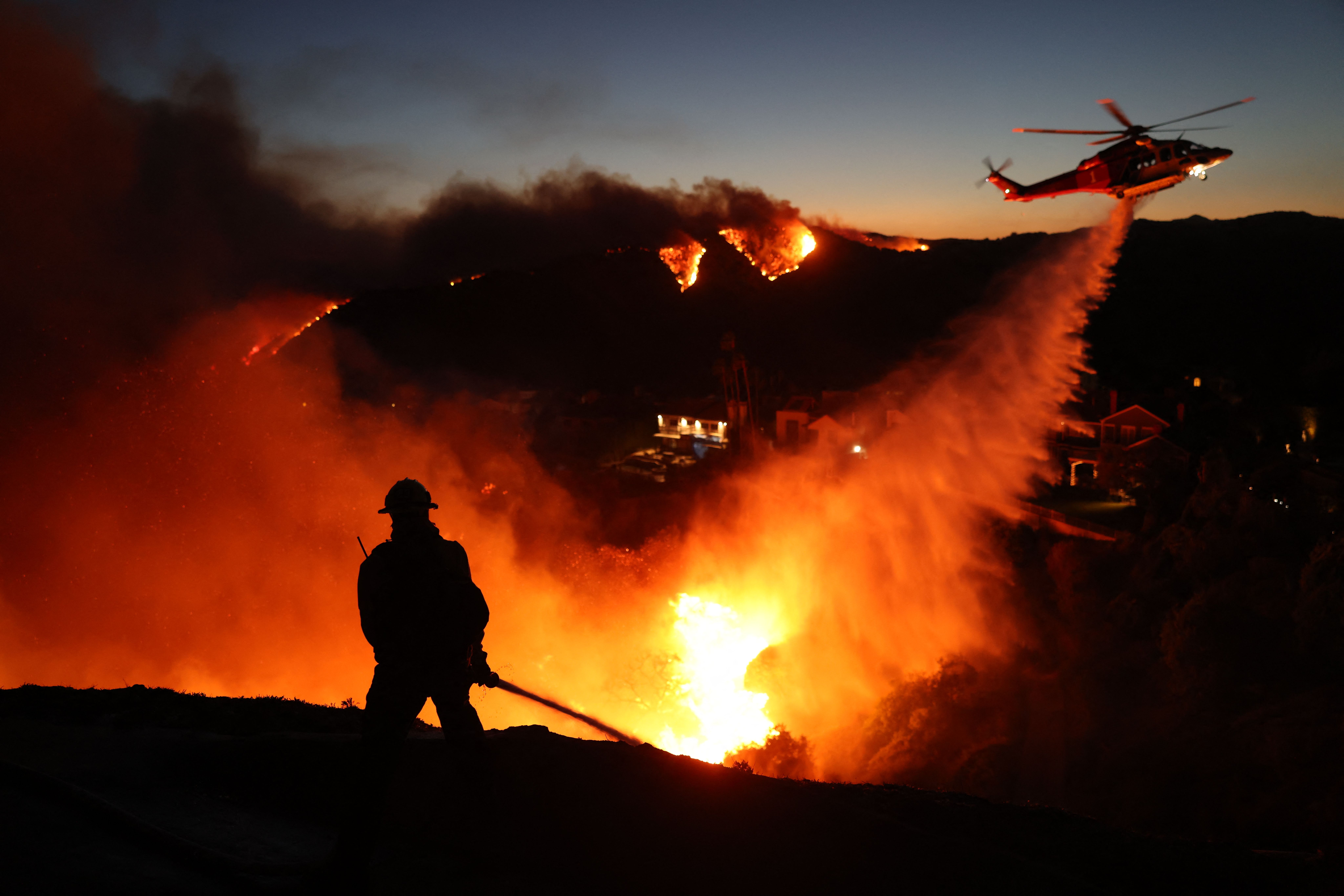Federal prosecutors have arrested Jonathan Rinderknecht for allegedly starting California's devastating Palisades fire, citing as evidence a dystopian AI-generated image of a burning city he created with ChatGPT months before the blaze. The case marks a chilling intersection of AI technology and criminal premeditation, as investigators piece together digital breadcrumbs that may have foreshadowed one of California's most destructive wildfires.
The arrest of Jonathan Rinderknecht sends shockwaves through both law enforcement and AI communities as prosecutors unveil what may be the first major criminal case involving AI-generated premeditation imagery. Acting US Attorney Bill Essayli announced Wednesday that the 29-year-old Florida man faces federal charges for maliciously starting what became the catastrophic Palisades fire. But it's the digital evidence that's grabbing headlines - a haunting AI-generated painting of a burning city that prosecutors say Rinderknecht created months before lighting his first match. The Department of Justice complaint reveals investigators used traditional surveillance methods - video footage, witness statements, and cellphone records - to place Rinderknecht at the scene. But the ChatGPT evidence adds a disturbing digital dimension to the case. During a press briefing, Essayli described the AI-generated image as a "dystopian painting showing in part a burning forest and a crowd fleeing from it," allegedly created "a few months before" the New Year's Day fire. The timeline reads like a thriller novel. Prosecutors claim Rinderknecht, then living in Pacific Palisades, dropped off a rideshare passenger on New Year's Eve before parking near Skull Rock trailhead. While walking the trail and filming with his iPhone, he allegedly listened to "Un Zder, Un Thé," a French rap song featuring a music video of someone lighting a trash can on fire, according to complaint documents seen by the Los Angeles Times. The fire Rinderknecht allegedly lit just after midnight became an unstoppable force. What started as the contained Lachman Fire reignited and exploded into the Palisades wildfire - ultimately ranking as California's third most destructive wildfire in recorded history. The blaze tore through Pacific Palisades, Topanga, and Malibu, incinerating more than 6,000 structures across 23,000 acres, according to California state fire data. Perhaps most telling is what happened during Rinderknecht's 911 call to report the fire he allegedly just set. Prosecutors claim he simultaneously asked , "Are you at fault if a fire is lift because of your cigarettes," revealing a possible attempt to establish plausible deniability in real-time. This case could establish important legal precedents about AI-generated content as evidence of premeditation. While courts have long accepted digital evidence like search histories and social media posts, the use of AI image generation adds new complexity. The dystopian cityscape Rinderknecht allegedly created represents more than just a digital artifact - it potentially shows criminal intent taking visual form through artificial intelligence. For , this marks an unwelcome milestone as their technology appears as evidence in a major criminal prosecution. The company's image generation capabilities, built into ChatGPT, were designed for creative and professional uses, not criminal planning. The case raises immediate questions about whether AI companies should implement stronger safeguards against generating imagery that could potentially be used for harmful planning. Legal experts are watching closely as this precedent unfolds. If prosecutors successfully use the AI-generated image as evidence of premeditation, it could open the door for similar applications in future cases involving digital planning tools.












